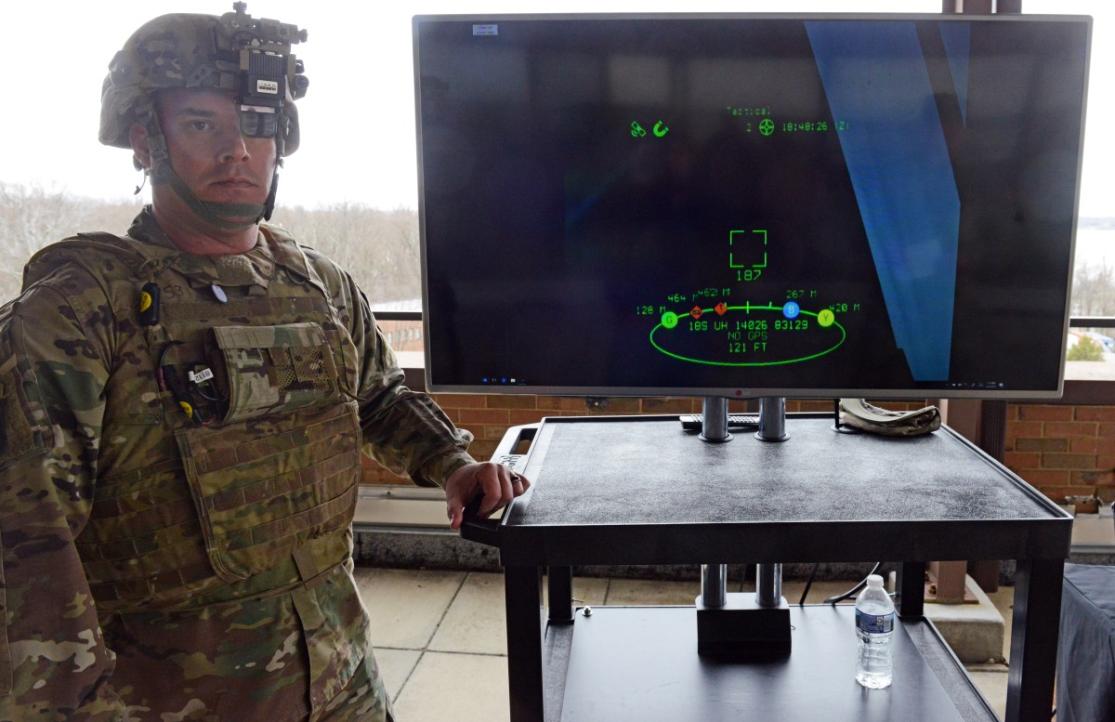What Are the Key Challenges in Developing and Deploying AI-Augmented Reality Systems for Military Use?
Artificial intelligence (AI)-augmented reality (AR) systems are revolutionizing military operations by providing soldiers with enhanced situational awareness, decision-making capabilities, and combat effectiveness. As the adoption of AI-AR systems continues to grow, it is crucial to address the key challenges associated with their development and deployment.

I. Key Challenges:
1. Data Acquisition And Integration:
- Challenge: Obtaining relevant and timely data from various sources, such as sensors, drones, and intelligence reports, is a significant challenge.
- Challenge: Data fusion and integration pose additional difficulties due to different formats, standards, and security requirements.
2. AI Algorithm Development:
- Challenge: Designing AI algorithms that can effectively process and analyze complex military data in real-time is a challenging task.
- Challenge: Balancing accuracy, efficiency, and real-time performance requirements is crucial for successful AI algorithm development.
3. System Integration And Interoperability:
- Challenge: Ensuring seamless integration of AI-AR systems with existing military equipment and infrastructure is a critical requirement.
- Challenge: Achieving interoperability among different AI-AR systems from various vendors is essential for effective collaboration and information sharing.
4. Human-AI Interaction And Trust:
- Challenge: Developing intuitive and user-friendly interfaces for soldiers to interact with AI-AR systems is crucial for user acceptance and effectiveness.
- Challenge: Building trust in AI-AR systems among soldiers and ensuring they rely on them effectively is essential for successful system adoption.
5. Security And Privacy Concerns:
- Challenge: Addressing cybersecurity risks and vulnerabilities associated with AI-AR systems is a top priority.
- Challenge: Protecting sensitive military data and ensuring compliance with data privacy regulations are critical considerations.
II. Strategies For Overcoming Challenges:
1. Collaboration And Data Sharing:
- Strategy: Encouraging collaboration among military organizations, academia, and industry to share data and expertise can accelerate innovation and address data acquisition challenges.
- Strategy: Establishing data standards and protocols can facilitate data exchange and integration, improving the effectiveness of AI-AR systems.
2. Investment In Research And Development:
- Strategy: Allocating resources for ongoing research and development of AI algorithms and system architectures is essential for continuous improvement and technological advancement.
- Strategy: Supporting academic and industry initiatives focused on advancing AI-AR technologies can foster innovation and drive progress in the field.
3. Human-Centered Design:
- Strategy: Involving soldiers in the design and evaluation of AI-AR systems ensures usability and acceptance.
- Strategy: Conducting extensive user testing and feedback sessions can refine system interfaces and functionalities, enhancing user experience and effectiveness.
4. Robust Security Measures:
- Strategy: Implementing multi-layered security mechanisms can protect AI-AR systems from cyberattacks and unauthorized access.
- Strategy: Adhering to strict data privacy regulations and protocols can safeguard sensitive information and maintain trust among users.
The development and deployment of AI-augmented reality systems for military use present significant challenges, including data acquisition, AI algorithm development, system integration, human-AI interaction, and security concerns. However, through collaboration, investment in research and development, human-centered design, and robust security measures, these challenges can be overcome. Continued innovation and collaboration are essential to unlock the full potential of AI-AR systems and transform military operations.
YesNo

Leave a Reply